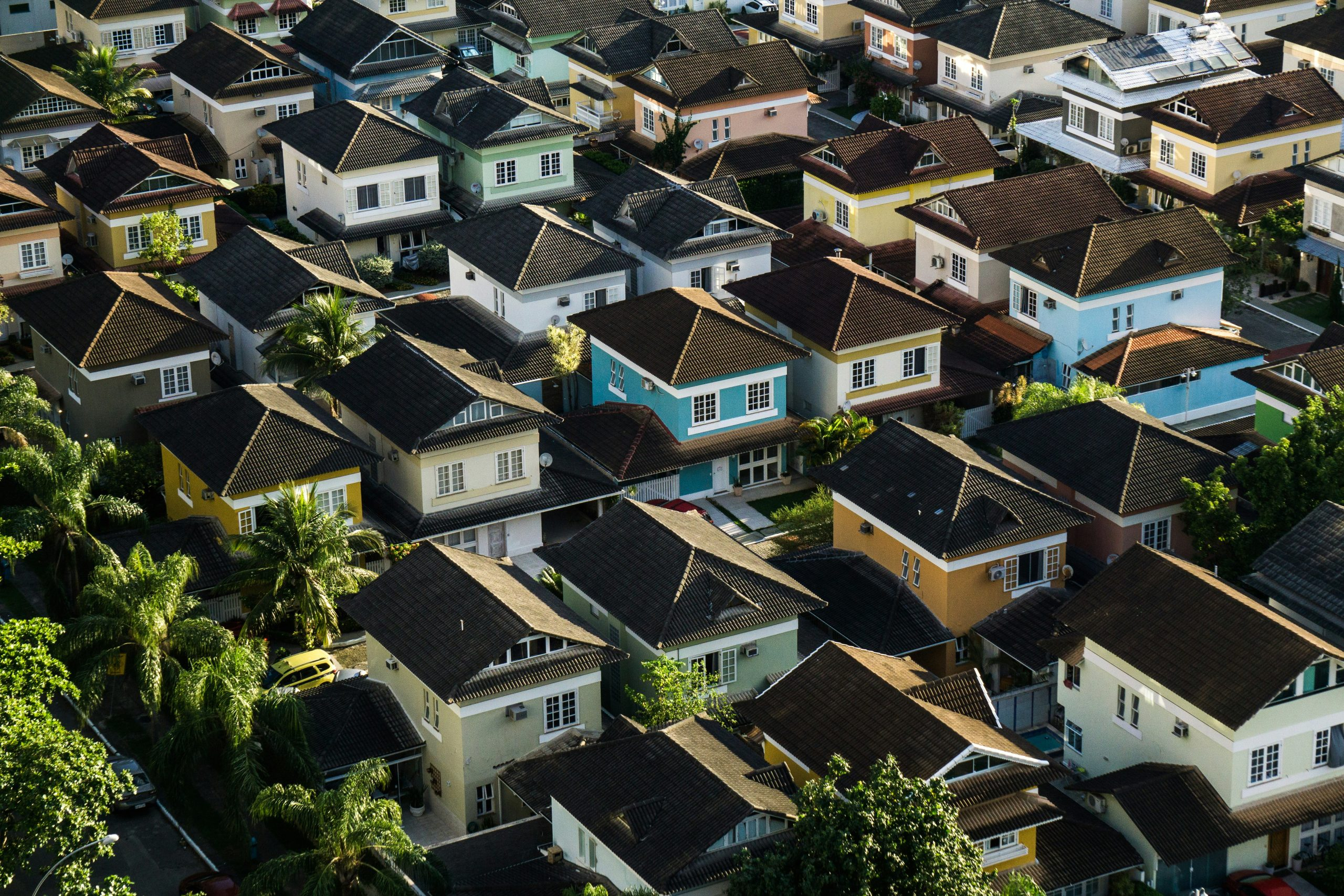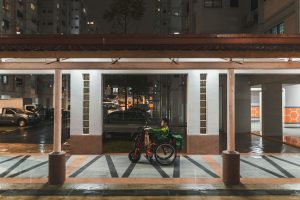Unlocking the Potential of Innovative Housing Designs
The housing industry has come a long way over the years, but there is still so much untapped potential waiting to be unlocked. With the rise of technology and shifting societal values, there is a growing demand for innovative housing designs that not only provide shelter and comfort, but also foster creativity, sustainability, and community. From tiny homes to eco-friendly buildings, there is no shortage of ideas when it comes to pushing the boundaries of traditional housing. In this article, we will explore the potential of innovative housing designs and how they can shape the future of our homes.
The Shift Towards Innovative Housing Designs
Gone are the days where one-size-fits-all houses dominated the market. As people become more conscious about the impact of their living spaces on their health and the environment, the demand for unique and sustainable housing options has increased. This shift has also been fueled by the rise of the millennial generation, who value experiences and community over material possessions. This has created a demand for homes that not only reflect their values and lifestyle but also offer flexibility and affordability.
Tiny Homes: Thinking Outside the Box
Tiny homes have gained immense popularity in recent years as a solution to the challenges of traditional housing. These small, often mobile, homes offer an affordable and sustainable alternative to traditional houses, making them appealing to those wanting to downsize or reduce their environmentally footprint. Beyond just being a living space, tiny homes also encourage a minimalist lifestyle and promote the idea of living with less. With clever space-saving designs and customization options, these homes can cater to a wide range of needs and preferences.
Sustainable Living: Green Building Practices
As the effects of climate change become more apparent, it has become crucial for our homes to be more environmentally friendly. This has led to the rise of green building practices, which focus on using sustainable materials and energy-efficient design techniques. From solar panels to rainwater harvesting systems, these innovations not only reduce the environmental impact of our homes but also save us money in the long run. Additionally, green buildings also prioritize the use of natural light and ventilation, creating a healthier living environment for occupants.
Fostering Community Through Innovative Designs
Innovative housing designs not only cater to the needs of individuals, but they also play a crucial role in fostering a sense of community. As society becomes more isolated and technology-driven, there is a growing need for human connection and a sense of belonging. This has led to the emergence of co-living spaces and shared living arrangements, where residents share common areas and facilities, promoting social interaction and collaboration. Additionally, innovative housing designs also incorporate communal spaces and amenities such as gardens, fitness centers, and community halls to facilitate bonding and community engagement.
Catering to Diverse Lifestyles
Innovative housing designs also offer the flexibility to cater to diverse lifestyles and needs. As people’s work and personal lives continue to evolve, homes need to be able to adapt accordingly. This has led to the rise of multi-functional spaces, such as live-work units and co-living spaces that cater to both personal and professional needs. These designs also allow for customization and personalization, giving residents the freedom to create the living space that best suits their lifestyle and preferences.
In Conclusion
The potential of innovative housing designs is limitless. With the demand for more sustainable, affordable, and community-oriented homes, the housing industry must continue to push the boundaries and think outside the box. By embracing technology, sustainability, and community, we can create homes that not only meet our basic needs but also enhance our quality of life and shape the future of housing. So let’s unlock the potential of innovative housing designs and pave the way for a better and brighter future.











